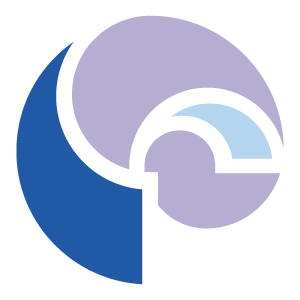- CPU is another name for:
- a microprocessor
- RAM cache
- clock speed
- megahertz
- RAM is measured in ______. (bytes)
- Small pictures that represent objects such as a specific computer program or a document are known as _____________.
- icons
- pointers
- tasks
- windows
- Which buttons allow you to enlarge, shrink, or close a window?
- sizing
- shaping
- scale
- control
- The active program is the one in which you are currently working.
- true
- false
- Editing a document consists of reading through the document you've created, then
- correcting your errors.
- printing it.
- saving it.
- none of the above.
- When a character is ___________, it is highlighted by a dark background. (selected)
- Symbols that can be displayed on the screen but do not show up when you print your document are called
- hidden characters.
- nonstandard characters.
- default characters.
- nonprinting characters.
- You can use the Backspace key to erase characters and spaces to the left of the insertion point, one at a time.
- true
- false
- Symbols that can be displayed on the screen but do not show up when you print the document are called __________ characters. (nonprinting)
- An example of software on a computer is:
- mouse
- printer
- Microsoft Word
- peripherals
- Where is program and data information that is being used temporarily stored by your computer?
- cache
- RAM
- ROM
- CMOS
- A style of type is called a _______. (font)
- Which of the following is the easiest way to switch between programs?
- use the buttons on the menu bar
- use the Close and Start buttons
- use the buttons on the taskbar
- use the Maximize and Minimize buttons
- The mouse pointer helps to manipulate objects on the Windows desktop.
- true
- false
- Which of the following indicates the location where characters will be inserted or deleted?
- mouse pointer
- insertion point
- horizontal ruler
- document pointer
- The mouse pointer changes shape depending on its location on the screen.
- true
- false
- To display the Print dialog box, click __________ on the menu bar, then click Print. (file)
- An example of an output device is a:
- keyboard
- monitor
- mouse
- none of the above
- Another term for application software is system software.
- true
- false
- The workspace on the computer screen is known as the ___________.
- icon
- table
- taskbar
- desktop
- When you press a mouse button and immediately release it, it is called __________.
- dragging
- pointing
- clicking
- clipping
- You can use the mouse to change the size of a window.
- true
- false
- The scroll bars allow you to
- highlight text.
- shift text horizontally or vertically on the screen.
- enter text.
- all of the above.
- You can choose either to remove or display the Standard and Formatting toolbars.
- true
- false
- When you click the Save button on the Standard toolbar to save a document for the first time, the __________ dialog box opens. (save as)
- Holding down the mouse button while moving the mouse, is called:
- clicking
- double-clicking
- sliding
- dragging
- The intersection of a column and row in a Word 97 table is called a __________. (cell)
- Item 4 in Figure 1-1 refers to the
- Standard toolbar.
- menu bar.
- Formatting toolbar.
- status bar.
- Figure 1-5 shows the __________ window. (print preview)

